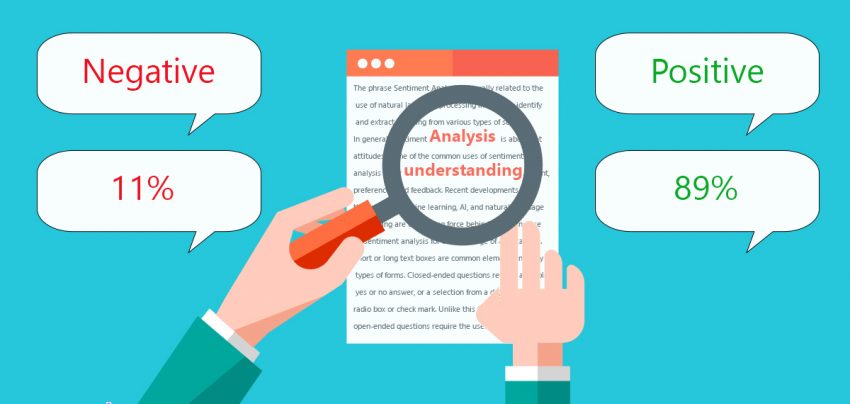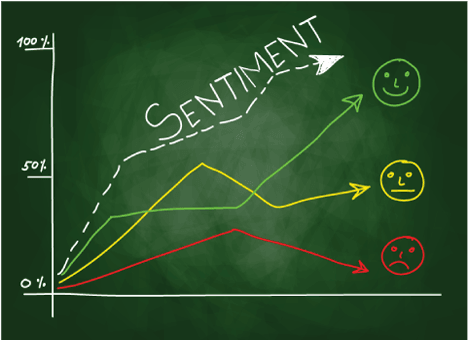Sentiment Analysis is becoming a powerful tool for companies and organizations to understand the feelings of the customers and offer them a favored product or services with better customer service. It is now widely used to understand the sentiments of people through online media.
What is Sentiment Analysis?

Sentiment Analysis is the process of evaluating the opinions, thoughts, emotions, feelings, reactions, and sentiments towards a community, brand, company, product, services or against an individual person. Sentiment analysis is sometimes also denoted as opinion mining, as part of the overall speech analytics system, sentiment analysis is the integral component that defines opinions or attitudes of different customers.
How Sentiment Analysis Works?

Sentiment analysis is mainly driven by algorithms that scores words used along with voice modulations that indicate the underlying feelings of a person towards a particular topic. It allows for more impartial interpretation of factors that are very difficult to measure if measured in subjective manner.
The examples are like level of frustration or anxiety in customer’s voice or the speed of customer speaking and the frequent changes in the stress level indicated in speech of a person while communicating or solving an issue discussing with customer service executives.
Examples of Sentiment Analysis
![]()
Call center applications are the most valuable tools for monitoring opinions and emotions of the different customers. The sentiment analysis can be done manually by humans, fully automatically or in the combination of the both. And in some cases automated process is followed with level of human oversight that helps in machine learning to refine algorithms and procedure, mainly in the early stage of methods implementation.
Nowadays, Sentiment analysis companies use this application for different purposes. For an example, it can be used to find what kind of topics is trending on social media and onions of the public. Companies can utilize sentiment analysis to monitor brand reputation through social media platforms and define their marketing strategies.
Political parties are also using this to monitor overall opinions of public, existing government’s policy changes and campaign announcements, assisting them to define their approach and messaging to better interact with voters and encourage them for favorable voting. Facebook, Twitter and other micro blogging websites are the best platforms where it can implemented successfully with accurate outcomes.
Benefits of Sentiment Analysis for Business

Sentiment analysis has many benefits, especially to business owners who use this application for better understanding their customers. It can provide the insights into the effectiveness of customer support representatives and also serves as a useful tool to find out the opinions and personal views towards a particular company or services.
Sentiment analysis results are used to compare various segments helping to recognize the disgusting factors and areas need improvement in the delivery of customer support service at the same time evaluating the overall satisfaction level of product lines and services. It also has benefits of monitoring attitudes and customer support effectiveness and audience perspectives. To know what are the Sentiment Analysis Interesting Facts?
